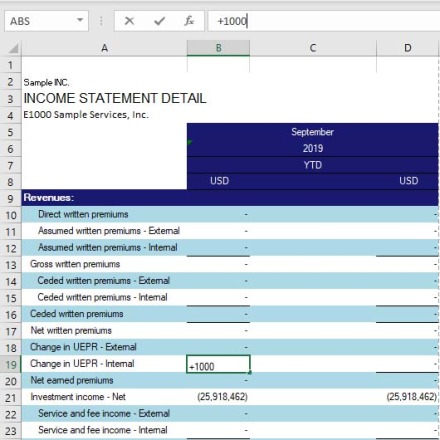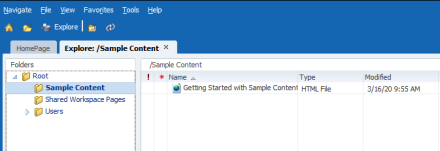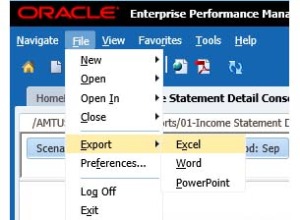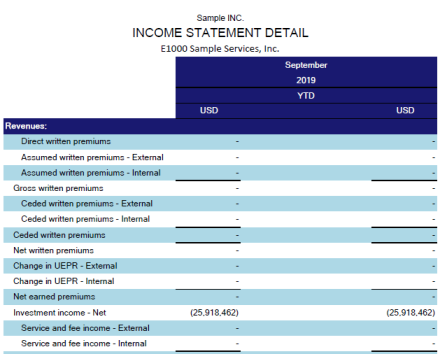Talking Tech: With FRS Reporting in Oracle EPM, Excel Isn't Your Only Option
Meet the Author
Let’s Talk Tech.
Accordion’s “Talking Tech” series explores how different CFO Technology solutions can empower finance functions to support organizational strategic initiatives – by implementing business process recommendations, optimizing operations, and capitalizing on value creation opportunities.
Now, let’s take a look at Oracle in the context of FRS reporting.
We have all gotten used to the preparation of monthly Excel files by updating previous versions that have been saved either on our hard drives or in shared folders. However, if you are using Oracle’s HFM or Financial Consolidations and Close Cloud (FCC), don’t count out Financial Reporting Studio (FRS) for your reporting needs.
FRS (soon to be rebranded as Financial Reporting or FR) is included in the Oracle EPM product suite (on-premise and cloud) and uses application data to populate reports. This tool is best used to produce standard, repeatable reports that can typically be used by corporate accounting and planning teams. FRS can produce presentation quality reports in PDF format, ready for the boardroom screen, like the report shown below.

FRS can reduce the time associated with generating financial reports using prebuilt reports that have been created to the needed specifications of the client. Using FRS reports can provide higher confidence in your numbers knowing that the data is coming directly from the application with no potential Excel formula errors. We have all experienced cases where a number doesn’t look quite right, only to spend 20 minutes tracing formulas and vlookups across multiple tabs to find the root cause.
These reports can be run by a user and provide data based on a selected point of view (POV). You no longer need to update cells in Excel and hope that all the tabs have been refreshed with current data. For cases that require multiple reports to be presented, prebuilt books can be created to run selected reports to generate the request. FRS also allows you to schedule reports for email delivery, send email alerts, and save batches of reports.

FRS reports are usually maintained by an administrator and run from a central repository. By having these in one place, users can access the most up to date reports, sharing the same formatting company wide. Excel reports saved in shared drives often become victims of multiple versions and have unknown changes. Keeping control of the reports helps to ensure that users are viewing the same data across the company.

When looking at this tool, we can see that it works very well at creating standard reports. However, there are times when something needs to be updated in the report that might not be a global change, or data is needed that is not housed in the system. These cases can make us cling to our Excel reports since the FRS-generated reports are not meant to be manipulated. For cases like this, there is an option to export your FRS report into Excel for the purpose of further data analytics or customization for one-off updates that maybe required at a management level. Below is the same report shown above, opened directly into Excel.

During the next close, don’t be so quick to shut down the use of FRS reports when working on presentations. They will not be a replacement for Excel, but they can be beneficial in cases where you thought Excel was your only option.



